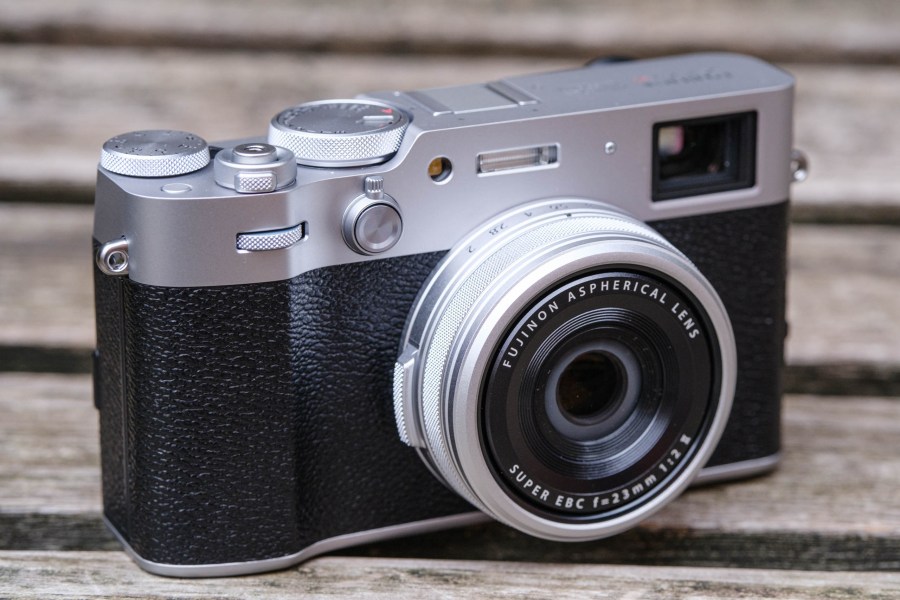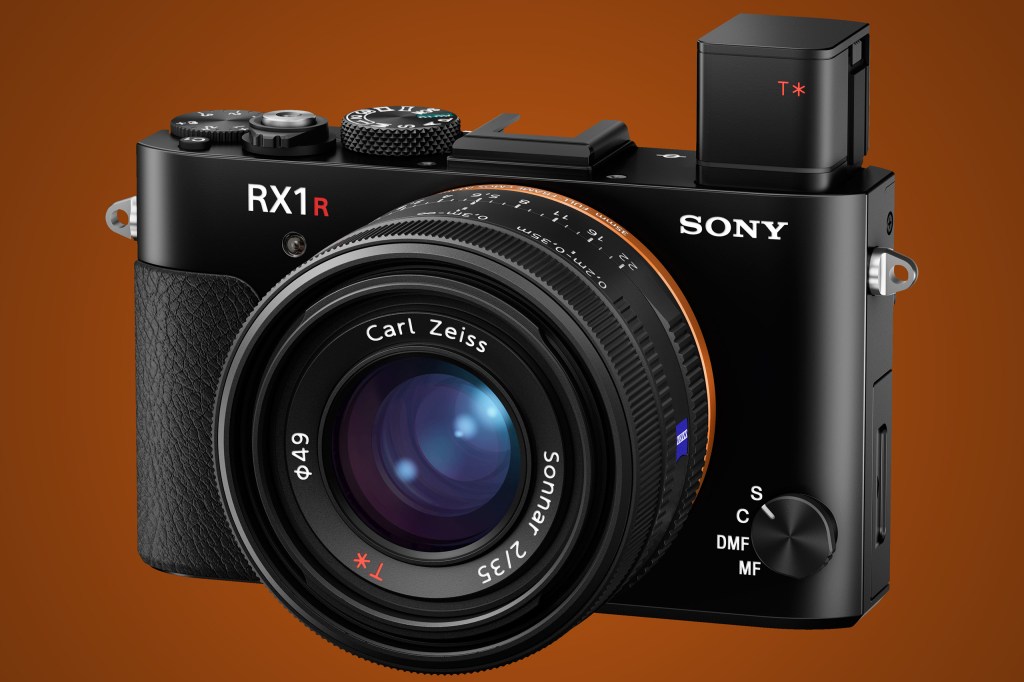If you’ve been following the photographic industry news recently, you’ll have heard about the Fujifilm X100VI. This successor to the TikTok-famous Fujifilm X100V was announced at the end of February, with major updates including a 40MP sensor and in-body image stabilisation. You can read our full review of the Fujifilm X100VI here. It’s a unique camera, but why is there no real Fujifilm X100VI alternative?
After all, the previous X100V has been practically impossible to find new for a long time now, to the extent that we even have an article listing the best alternatives you might actually be able to buy. Despite Fujifilm massively increasing production capacity for the VI (pronounced ‘Six’), it looks like the new model will be equally hard to get your hands on, at least to begin with. We’re reliably informed it’s the most pre-ordered camera ever. Surely other camera makers should be interested in making a competing model?
The X-factor
But what is it that makes Fujifilm’s X100-series cameras so popular? Quite simply, it’s a winning mixture of fabulous image quality and stunning retro design. This is a camera that both looks gorgeous and takes gorgeous pictures, while also being a delight to use.
Crucially, you don’t have to mess around processing the images on your computer or phone to get them right before sharing them. They look great directly from the camera, thanks to Fujifilm’s signature Film Simulation colour modes.
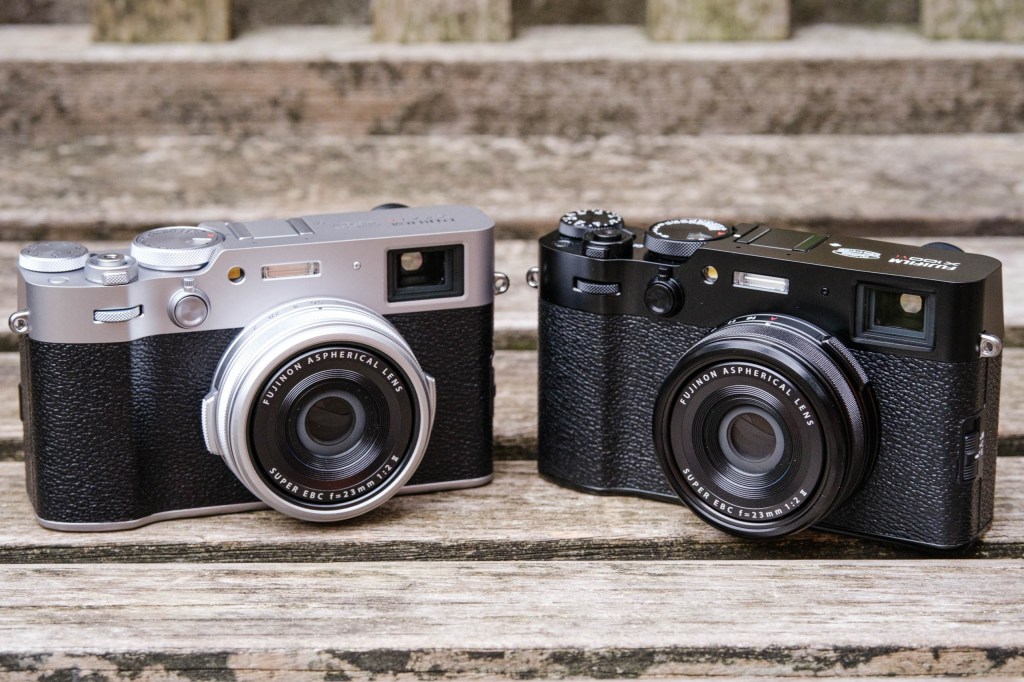
Another reason for the line’s success is that there’s no direct competition. Perhaps surprisingly, no other brand makes an alternative with a quite the same mix of attractions. But how did Fujifilm somehow spot this market niche that every other camera maker missed?
One answer is that, in a way, Fujifilm simply got lucky. The X100 line has been trundling along happily for years, ever since the original model appeared in 2010. Camera reviewers have been waxing lyrical about them ever since, and they’ve acquired a loyal following among enthusiast photographers.

However, it took the adoption and promotion of the X100V by TikTok influencers to send demand skyrocketing. Buy an X100, the narrative goes, and you too can have a perfect lifestyle.
Why is there still no Fujifilm X100VI alternative?
So why can’t the big camera makers, like Canon, Nikon, or Sony, simply make a competitor model to tap into this lucrative market? The biggest problem is that none of them have ever made anything quite like the X100 before. And it takes a lot of time and money to design a new camera.
Given the nature of the X100V’s success, it’s also a big gamble. If those same influencers declared another camera to be worthy alternative, its maker could stand to make a lot of money. But if on the other hand it were deemed a failure, that might mean a big loss.
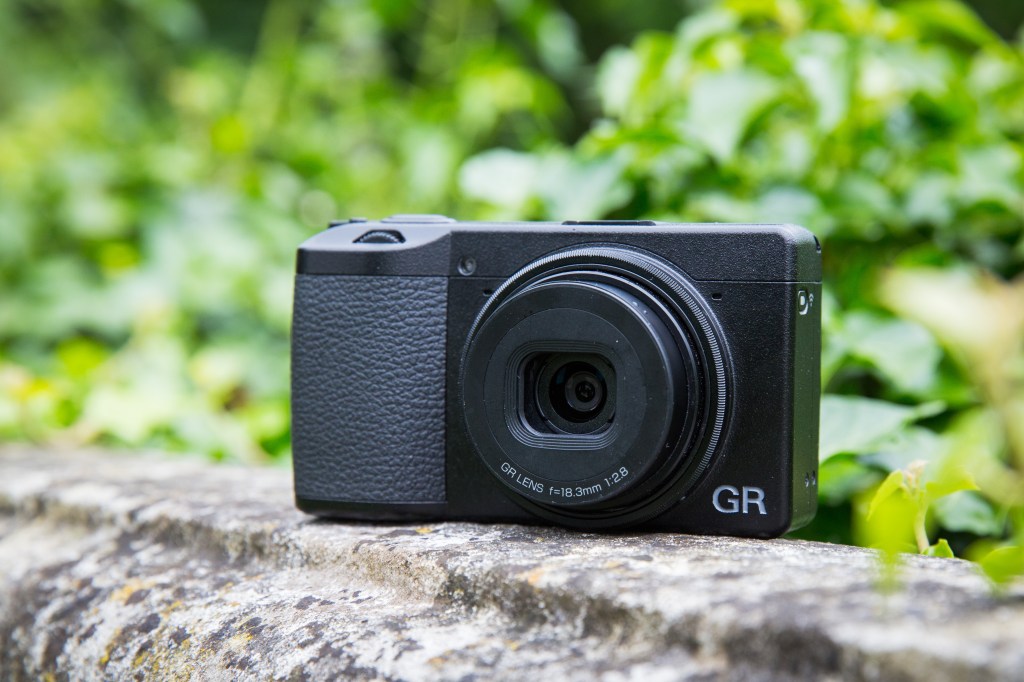
As a case in point, there is actually an existing camera line on the market that offers a similar feature set to the X100. Yet while it has a loyal following among photographers, it’s been nowhere near as successful at capturing the imagination of those influencers. The Ricoh GR III and closely-related Ricoh GR IIIx both have APS-C sensors and fixed high-quality lenses. The only real difference between the two is that the GR III is 28mm equivalent, while the GR IIIx is 40mm (neatly bracketing the X100’s 35mm equivalent optic).
However, both the GR III’s styling and shooting experience are completely different to the X100’s. Ricoh’s JPEG colour rendition is no match for Fujifilm, either. So while the GR III looks like a real Fujifilm X100VI alternative on paper, in practice it’s nowhere near as popular. This is a cautionary tale for any other camera maker thinking of wading in – they’ll have to get the entire package right.
It’s all about the styling
It’s clear that a major reason for the X100’s success is simply how it looks. So one way for a company to make a Fujifilm X100IV alternative could be to take an existing model and rebuild it into a retro-styled body. In fact, we’ve seen Nikon do something similar with its SLR-shaped Nikon Zf, with great success.
This camera is a development of the previous Nikon Z6 II full-frame mirrorless model, but in a body styled to look like the Nikon FM 35mm film SLRs. It’s also caught the imagination of photographers in the way the somewhat nondescript-looking Z6II never quite managed.
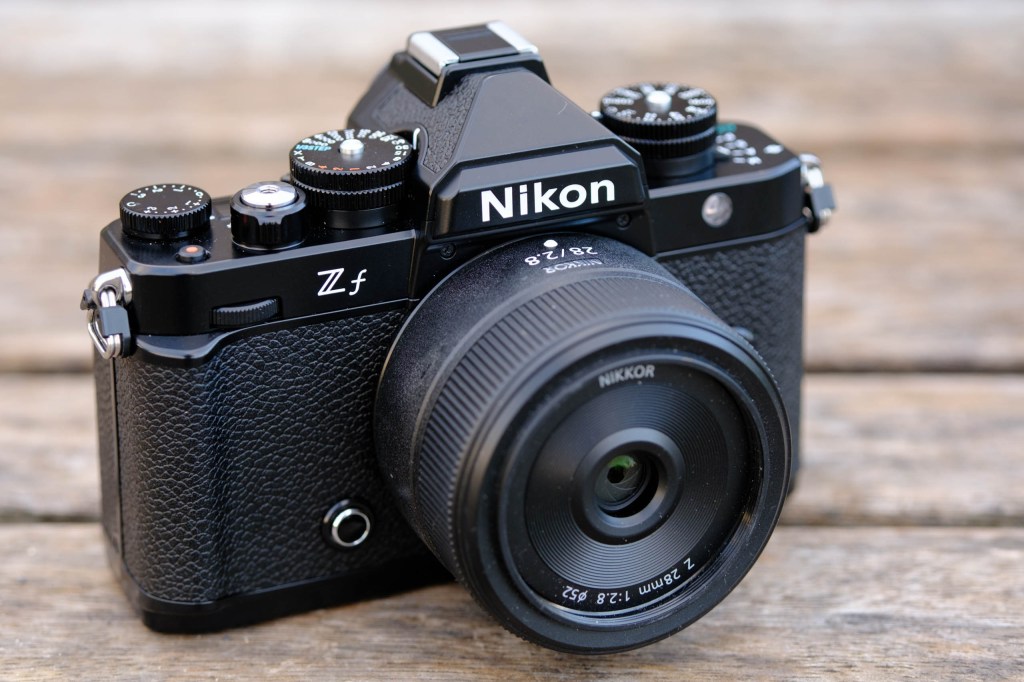
Of course, the Nikon Zf is a very different camera, and not a direct Fujifilm X100VI alternative. But it proves the current appetite for cameras that look like they’ve come straight from the 1970s.
Nikon gave up making premium fixed-lens compact cameras many years ago. So it might be best off concentrating on making a high-resolution version of the Zf using the Z7 II sensor, which is surely on its way anyway. But let’s think about what the other camera companies could do to grab a slice of the pie, by making a real Fujifilm X100IV alternative.
Here’s a list of some cameras that I’d love to see, and that might – just might – be on the cards.
Panasonic Lumix LX100 III
Possibly the best-placed company to make a bid is Panasonic, with its LX100 design. In many ways this is a direct copy of the X100, with the same body shape and traditional dial-based controls. But it uses a slightly smaller Four Thirds sensor coupled with a short, bright zoom lens. Otherwise, the ‘Lumix X100’ could barely be a more flattering imitation.
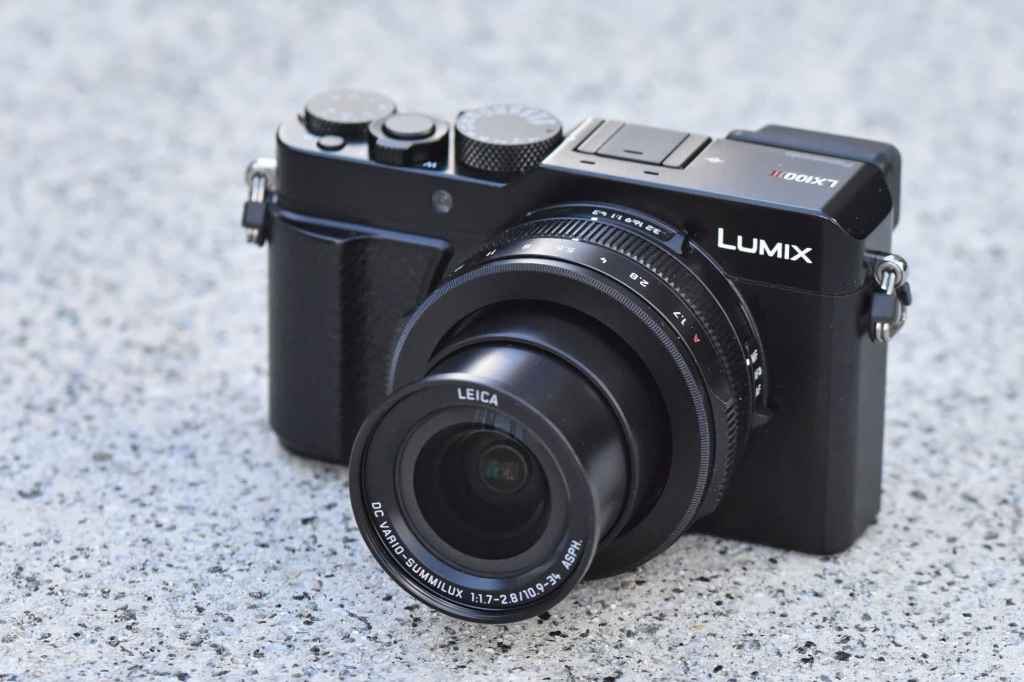
Unfortunately, Panasonic discontinued the Lumix LX100 II a year or so ago, so you can’t buy this camera, either. I’ve long been asking the company to make a new version with a slightly longer zoom and tilting screen, but my pleas have fallen on deaf ears. However the company would be mad not be looking at reviving the line with an updated ‘Lumix LX100 III’.
Panasonic might need to adopt more consciously retro styling and work on producing more consistently attractive JPEG colours, but the basis for a strong alternative model is certainly there. And if Panasonic isn’t certain it could sell such a camera as a Lumix, its close partner Leica surely could, under its D-Lux branding.
Leica X3
Indeed, if there’s one company that could wrestle a big chunk of this market from Fujifilm, it must be Leica. The firm already makes the fabulous Leica Q3 full-frame compact, which is like an X100 on steroids, but costs much more at an eye-watering £5300. If Panasonic isn’t forthcoming with an updated LX100 design, Leica could perhaps make a smaller, less expensive version of the Q3 using an APS-C sensor.

This wouldn’t even be a new concept, but instead a spiritual successor to the firm’s older ‘X’ line APS-C compacts. In fact, the Leica X1 predated the original Fujifilm X100, and any new model would in effect be a ‘Leica X3’. The more I think about this, the more surprised I’d be if it didn’t happen.
Sony RX1R III
It’s easy to dismiss Sony as a technology-led company that doesn’t really know how to make “proper” cameras. But that rather overlooks the existence of its most purist models, the RX1 full-frame compacts, which for a while looked to be serious alternatives to the Fujifilm X100 and Leica Q lines. The most recent Sony RX1R II appeared in 2015, sporting a 42.4MP full-frame sensor, Carl Zeiss-badged 35mm f/2 lens, traditional manual controls, pop-up electronic viewfinder, and a tilting screen.
What this means is that Sony already has the ingredients in place to make a full-frame Fujifilm X100VI alternative, should it choose to do so. Add the latest sensor, processor and autofocus technology, along with a bigger battery, and a ‘Sony RX1R III’ could be a hit.
OM System PEN-F Mark II
OM System could also get in on the act by reviving the fabulous premium rangefinder-style Olympus PEN-F. This lovely camera dates from 2016 and offers many of the same delights as the X100VI, with a handsome retro design, tactile controls, and superb colour rendition. But it also offers interchangeable lenses, with a broad range of compact, high-quality optics available using the Micro Four Thirds standard.
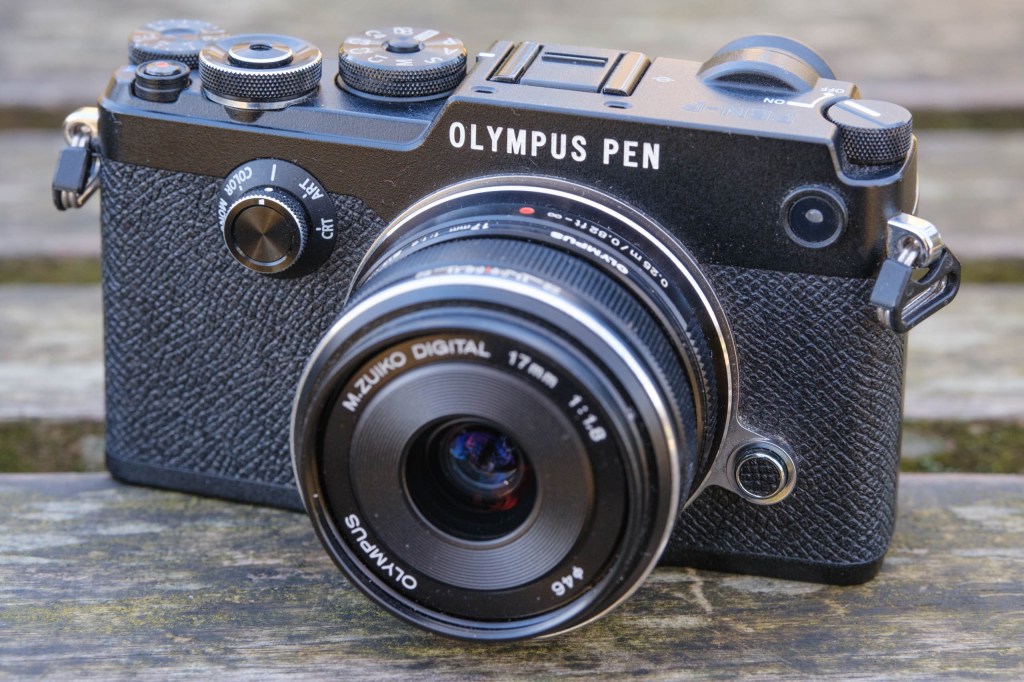
MFT fans have been clamouring for a true PEN-F successor for years, and maybe now is the time for it to finally appear. An ‘OM System PEN-F Mark II’ with the latest sensor and autofocus would make a lot of photographers very happy indeed – including me. It’s just a shame it wouldn’t have an Olympus badge.
Canon PowerShot G1 X Mark IV
At first sight, it might look as though Canon doesn’t have a particularly strong starting point to make a Fujifilm X100IV alternative. But in fact, its PowerShot G1 X Mark III is the only compact camera currently on the market that can provide comparable image quality at a similar size and price point, thanks to its 24MP APS-C sensor.
In other respects, it’s a rather different camera, with a short zoom lens and SLR-shaped body. But if Canon were to restyle it with a consciously more retro design and control layout, along the lines of Fujifilm’s popular X-T series models, it could be onto a real winner. Personally, though, I doubt a ‘Canon PowerShot G1 X Mark IV’ will appear in this form.
Fujifilm X100W, X100M, or X-E5
Fujifilm itself could take the opportunity to build on the X100VI’s success by expanding the range of models available. One easy option could be an ‘X100W’, using the wider-angle 28mm equivalent f/2.8 lens it employed on the cult-classic Fujifilm X70 in 2016, and the not-so-classic XF10 in 2018. Another intriguing option might be a monochrome-only ‘X100M’ variant, similar to the amazing Leica Q2 Monochrom.

The big problem with either of these ideas is, of course, that Fujifilm may struggle to build enough X100VIs even once the initial frenzy has settled down, leaving no capacity for other models. Rather than making a monochrome camera, I suspect the firm would advise us to set the X100VI to its black & white Acros film simulation and be done with it. Likewise, the screw-on WCL-X100 II wide converter provides a 28mm equivalent lens option for X100 owners who’d like it.

However, it’s probably a safe bet that the ultra-compact stabilisation unit developed for the X100VI will find its way into an interchangeable lens camera in the near future, enabling a truly small image-stabilised X-system body. Here, the firm might even be tempted to give its rangefinder-styled X-E line another spin, with an ‘X-E5’. After all, the previous Fujifilm X-E4 was designed to be an interchangeable-lens version of the X100V. But it didn’t sell very well compared to the SLR-shaped Fujifilm X-T30 II, and was discontinued before the X100V really took off.
But will we really see a Fujifilm X100VI alternative?
So there you have it – an explanation as to why there is no direct Fujifilm X100VI alternative on the market, and an idea of some of the cameras that might perhaps appear to change that. I can’t stress enough that this is purely speculation, and I know nothing of any possible upcoming models. But it’s unimaginable that the other camera makers won’t be looking into this market niche very seriously. Let’s keep our fingers crossed we might see some alternative options for photographers appear in the coming year.
Follow AP on Facebook, Twitter, Instagram, YouTube and TikTok.

